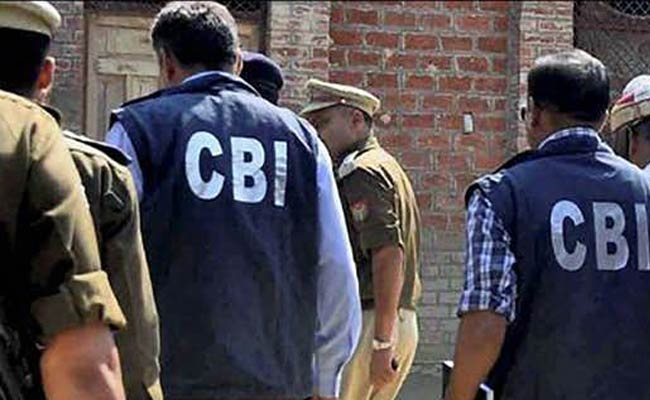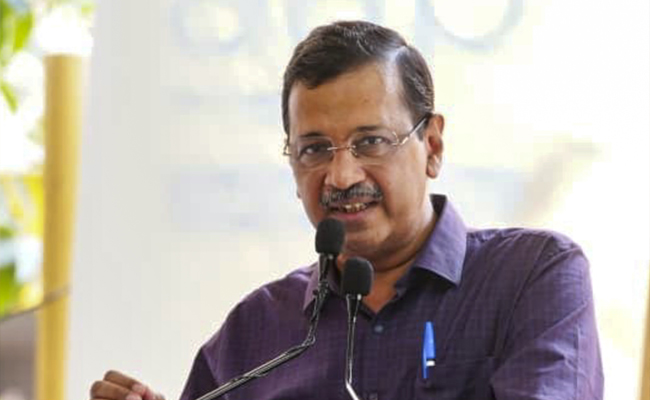Paris, Aug 2: The Indian mixed archery team of Ankita Bhakat and Dhiraj Bommadevara crumbled under pressure going down 2-6 to mighty South Korea in the Olympic semifinals here on Friday but remained in the hunt for a historic bronze by entering the third-place play-off.
Dhiraj and Ankita lost 38-36 35-38 37-38 38-39 to their South Korean opponents Lim Sihyeon and Kim Woo-jin.
The duo, however, still has a chance of ending India's 36-year wait for an Olympic medal in archery. They will now compete in the bronze medal playoff in about an hour's time.
It was a poor start by Lim, who slipped to 8-point red ring and Kim also missed a 10, as India responded strongly with two 10s by Dhiraj while Ankita remained consistent with two 9s to take the opening set advantage against the world no.1 combination.
But the Koreans made a strong comeback with Kim drilling in two 10s to start the second set as Ankita dropped two points to begin with. The Koreans took the second set with a three-point margin and drew level
The Koreans continued in the same vein in the next two sets.
Earlier, the Indians came up with one of their most memorable performances to enter the semifinals, the country's first-ever at the Summer Games
They defeated Spain 5-3 (38-37 38-38 36-37 37-36).
Ankita, the 26-year-old Kolkatan, and young Dhiraj took the first set 38-37 to take a 2-0 lead with the duo firing two 10s and two 9s.
The fighting Spanish team of Elia Canales and Pablo Acha Gonzalez matched India in the second set by tying the scores at 38-all to share the points.
India's 3-1 advantage was neutralised in the third set following a below par 36, courtesy a poor shot which fetched the team an '8'.
However, in the fourth and last set, the Indians held their nerves to win the nerve-wracking contest 37-36 and notch two full points and secure a semifinal spot, their best ever showing in the quadrennial showpiece.
Earlier, the Indian recurve mixed team had produced an excellent performance to rally past Indonesia and enter the quarterfinals at the Paris Olympics here on Friday.
The Indians notched a 5-1 (37-36 38-38 38-37) win over their Indonesian opponents Diananda Choirunisa and Arif Pangestu.
Dhiraj and Ankita consistently shot 9s and 10s.
However, Ankita upped her game, shooting 10s in her last three attempts to take the pair into the last eight stage, which will take place later in the day.
Let the Truth be known. If you read VB and like VB, please be a VB Supporter and Help us deliver the Truth to one and all.
Khunti (PTI): Six persons have been arrested for allegedly abducting a West Bengal-based businessman and his associate in Jharkhand's Khunti district and demanding a ransom of Rs 10 lakh, police said on Sunday.
The incident occurred on Friday in Tilmi area under the jurisdiction of Jariyagarh police station. Upon receiving information, police rescued both victims, they said.
Torpa Sub-divisional Police Officer Christopher Kerketta said, "We have rescued both the victims and arrested six people for their alleged involvement in the crime."
The businessman, identified as Haru Mukherjee (65), had come to the house of his associate, Vijay Oraon (40), to recruit labourers for work at a brick kiln.
The accused hail from different parts of Khunti, and police also seized a four-wheeler, three motorcycles, and five mobile phones from their possession, the officer said, adding an FIR has also been registered and further investigation is underway.





